OTT is a deep-pocket game: Vishal Maheshwari, Vuclip India
Viu, the OTT Video on Demand (VOD) service from Hong Kong’s PCCW Media-backed Vuclip, has completed a year in India. It was in March 2016 that Viu had forayed into a hyper-competitive market like India with its first original show, ‘What the Duck’, a cricket comedy show that featured Indian cricketing legends hosted by stand-up comedian Vikram Sathaye.
With the rising demand of short-form content, Viu forayed into micro-originals with ‘Viru ke Funde’ in November. The show featuring former cricketer and current Twitter sensation Virender Sehwag’s humorous take on tackling real life scenarios.
Viu has announced a line-up of eight original shows in Hindi and Telugu in the first quarter of 2017. The OTT platform has tied up with filmmaker Vikram Bhatt to co-produce two long form digital premium shows – supernatural urban thriller ‘Gehraiyaan’ and ‘Spotlight’, fictional biopic of a Bollywood starlet. Both the shows went on air on March 31, 2017 on Viu.
Viu also launched two short form shows – ‘Paisa Vasool’ and ‘Bollypranks’ – on March 31, 2017.
This apart, Viu is also looking to cater to the regional markets and is collaborating with Annapurna Studios and Tamada Media to launch Telugu-language shows – ‘PillA’, ‘Pelli Golla’, ‘Cinema Pichollo’ and ‘Munching with Mahathalli’.
There has also been an addition of six Korean shows that are being streamed on the platform that include ‘My Love From the Star’, ‘Doctors’, ‘My Girlfriend is a Gumiho’, ‘Come Back Alive’, ‘I Hear Your Voice’, and ‘The Master's Sun’. The content has found an instant connect with the youth as well as the female audiences.
With over 7 million subscribers in Asia and African markets, Vuclip brings to subscribers a catalogue of more than 1 million titles, including Bollywood and Hollywood movies, TV shows, sports, news and music videos in 25 different languages, including English, Hindi, Tamil, Telugu, Indonesian, Bahasa, Arabic and Thai.
In conversation with Adgully, Vishal Maheshwari, Country Head, Vuclip India, sheds light on his company’s OTT video on demand strategy, focus on localised and regional content, OTT as an advertising platform and much more. Excerpts:
What changes have you seen over the last two years in the market and how do you see it going forward? How will the working strategy be different from what it was?
Over the last couple of years, the entire video consumption story specifically on mobile has undergone a massive change. Although, it’s a little speculative to talk about spread of 3G and smartphone, however consumption of content on the mobile platform has seen maturity. Now, the availability of smart devices and superior access to network has led to a heightening of expectation from consumers on what they want to see on their smart devices.
When our team started the research process, they discovered:
- The consumer is quite mature and open to exploring various genre of content
- Consumer today knows the difference between content which is being showcased on OTT and other platforms
- They expect content on OTT platforms to be of high production value (Cinema quality)
How has your strategy changed over the last two years?
When we started off, we were a B2B player wherein we collaborated with various carriers. We still believe in that business model, but that area is just one tier of the triangle which will continue to exist. Over the last 15 months, we have taken major initiatives to identify how to address the mid and top level of the overall video pyramid. Thus, we embarked on this journey of Vuclip, which is video on demand platform. That marks a tectonic shift for an organisation that was primarily known for its technology expertise in the B2B space. Now, we have morphed to a company which plays at the crux of media and content and is also making the company a B2C brand.
You are one of the late entrants in this space. How do you see yourself combating with the competition? What will you do differently?
There are a huge number of players in the market, but the trick is if you are playing the OTT game, it needs deep pockets, understanding the consumers psyche and creating content which will appeal to them. As the business grows in a couple of years, we will see consolidation and massive shakeups happening.
My thoughts on succeeding in this market:
- Firstly, understand what people are willing to pay for content and content creation. There is a subscription model and we feel Indians are willing to pay, but only after they see a significant amount of value. Ours is a Freemium model, where we allow 100 per cent downloadable free content. If you do want to pay, you will get more benefits – it will be ad free.
- Secondly, Vuclip believes in a multi-headed content distribution strategy. So the content is not only available on app but also on desktop. Browser will continue to play an important role in terms of driving content sampling and content consumption. We have invested deeply into partnerships with Samsung, Micromax, INTEX and others.
- Thirdly, we have created a video audience network. We are looking at using YouTube and Facebook not only as promotional avenues but also to deploy our content. We are looking at a deep focused regional content, which is very localised.
What is the nature of content that the audience wants to see?
We have our insights that tell us people don't want big blockbuster movies on VOD platform. The views that ‘Kabaali’ drives from us is significantly lower than what a ‘BA Pass’ drives for us. We are looking at underexposed content. We believe India is a mobile first market and people don't consume a 3-hour movie content on their devices at one go but consume it in parts. We have our original series which are only 15-20 minutes in duration. We also have original short form content for 3-4 minutes, which uses YouTube starts and familiar faces.
What about advertising revenue? How do you push in ads in the 15-minute run?
In terms of ad monetisation, there are two routes that we focus on. One – the way industry is operating, which is inventory based sales, and we are very clear about what we are doing there. We will be focusing on pre-role inventory and native advertising.
The second area of focus for us is to work with brands for branded content solutions. We also work very closely with brands to create content for the brand and we have a multi-headed distribution strategy, which means we can help the brand create content that resonates with the brand and doesn't look like just a piece of advertisement but has a phenomenal content value.
So you need to have a strong creative team as well?
OTT is a deep-pocket game and deep does not necessarily mean how much money I have to burn on advertising or on creating content, but also in terms of the resources that are really required to be able to do all of this. There is a limit to how much you can create in-house. We have created originals with various renowned directors, the likes of Vikram Bhatt, etc.
What about focus on kids’ content?
As a platform we are very focused on the age group of 18 to 34 years at this point of time. We hear a lot of interesting stories about kids, but I must confess at this point of time we would rather focus and then pay and spray. We think that we will be best placed if we are focused on a particular TG. We create content of a certain quality and calibre that means we can’t create soaps or something for kids who are not yet going to school and so we are very focused on entertainment for a particular age group. Within that age group, we are happy to experiment, for example, we have launched Korean content and we have seen good traction on the same.
What is your focus on long format and short format content?
We are currently launching four long format originals, two of them are Hindi and the other two are Telugu having 10 episodes of 15-20 minutes each. This is content has been created, designed and shot very specifically in this manner. We are also launching four short formats – two in Hindi and two in Telugu. Some of the products are spoofs on popular titles. For Telugu, we have partnered with YouTube stars and familiar faces. The short formats are very localised.
At the end of the first quarter of 2017, where do you stand?
The game that we are in B2C is going to be a lot different from the B2B game. The app looks very different from how it did last year. That’s really been a long journey of what do you like and what do you want and most importantly, execute it. We have worked on our distribution and access strategy. The bonus for us on the way has been a ratification of the revenue model. For us the big ride starts in April, as we fundamentally go out to deploy the product. The litmus test is what the customer is ultimately going to make out of it. We shall see the errors of omission and commission that we make in terms of our reach or our marketing strategy and how well we work over the next two quarters with our advertising partners.



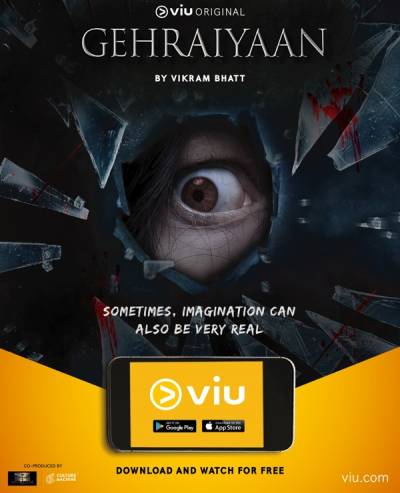

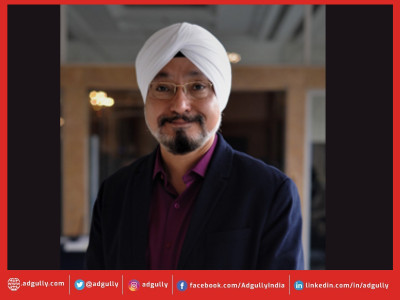

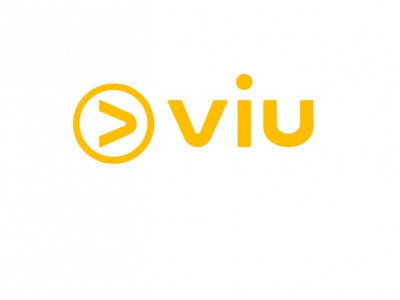

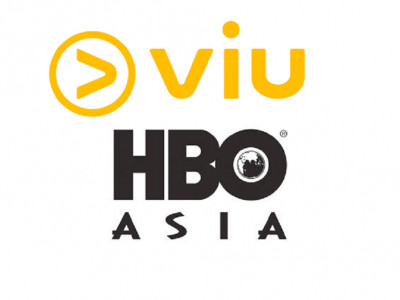
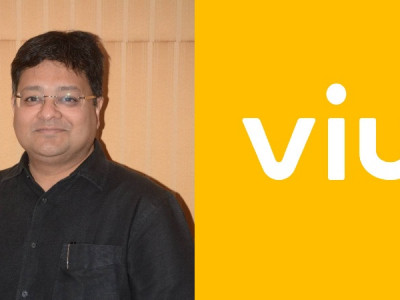

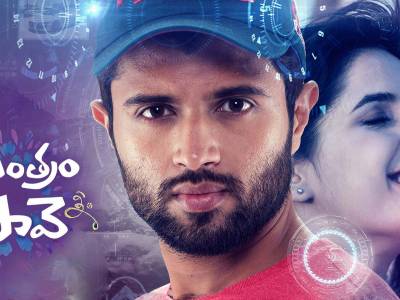

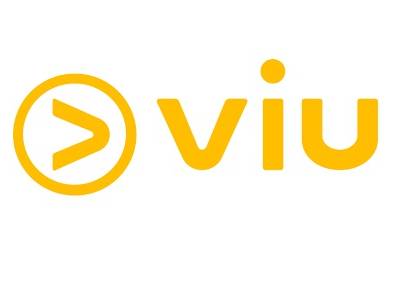



Share
Facebook
YouTube
Tweet
Twitter
LinkedIn